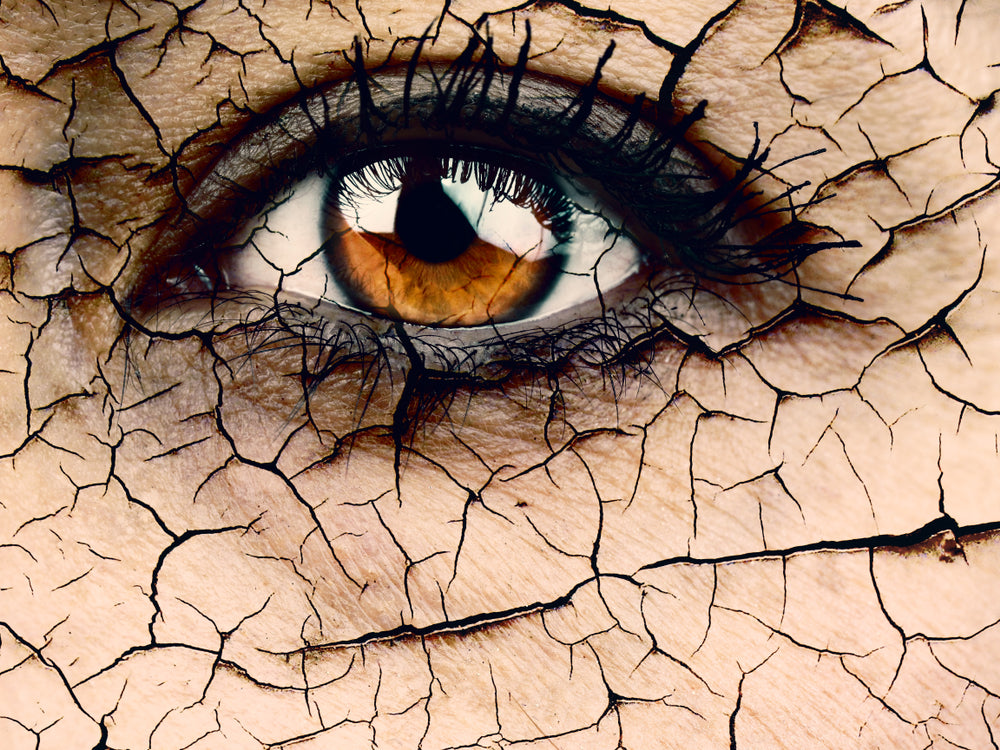With new treatments and scientific advancements being announced almost on a daily basis, it shouldn't be surprising that the next "big thing" might very well be tiny solar panels for the eyes.

A team of Australian scientists are working on a next-gen neuroprosthetic that could be the answer for people living with incurable eye diseases. Neuroprosthetics aren't anything new and one such example is the cochlear implant, which improves hearing for hearing impaired individuals.
University of New South Wales researchers are trying to determine whether neuroprosthetic technology can restore vision in people who have faulty photoreceptors. Photoreceptors are the cells within the retina that absorb light and convert it into electrical signals that are then sent to the visual cortex.
Researchers are hoping that a tiny solar photovoltaic panel would be able to power tiny camera sensor chips that would offer high resolution, color depth and better low-light sensitivity to those with vision loss including those suffering from age-related macular degeneration and retinitis pigmentosa.
The idea would be to attach the tiny solar panel to the eyeball. The solar panel would be wireless, and would naturally be self-powered and portable. So far, the technology is in the proof-of-concept state. The next stage of the research involves changing the tiny solar cells into tiny pixels, which are needed for accurate vision.














